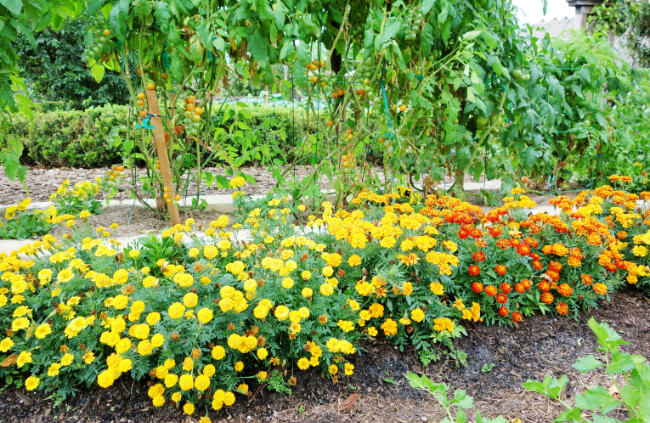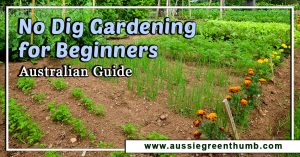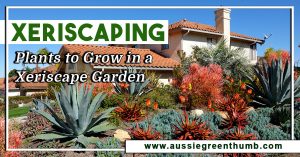In today's age, where our plates are often filled with produce from thousands of miles away, treated with unfamiliar chemicals, and grown under dubious conditions, the allure of the home garden has never been more profound.
As the shadows of climate change lengthen and health-conscious decisions drive consumer choices, a shift is occurring. More individuals are now embracing organic gardening, seeing it not just as a hobby but a lifestyle choice — one that harmonises with nature, rewards patience, and yields fresh, nutritious produce right from one's backyard.
More...
What is Organic Gardening?

To truly grasp the essence of organic gardening, one must first recognize the central role of soil. Soil is not just a passive medium wherein seeds are planted; it is a living, breathing entity, teeming with microbes, fungi, insects, and organic matter.
When nourished and treated with respect, it becomes the very foundation of a thriving garden. The different types of soil for crops growing — sandy, loamy, clayey, or silt — each offer unique properties that benefit certain plants, and understanding this relationship is key to a successful organic garden.
Furthermore, organic gardening transcends the mere avoidance of synthetic pesticides and fertilisers. It emphasises fostering natural ecosystems, promoting beneficial insects, and relying on nature's way to deter pests and diseases.
By understanding and working with the intrinsic processes of nature rather than against them, organic gardeners cultivate not just plants but an ecosystem. Moreover, the water cycle, the decomposition of organic materials, and the natural ebb and flow of nutrients are all crucial aspects of this gardening method.
When one studies the intricacies of organic gardening, it becomes evident how intertwined every element is, from the types of soil for crops growing to the birds chirping overhead.
Types of Soil for Organic Gardening
In the realm of organic gardening, the soil serves as the bedrock upon which all else flourishes. Its texture, structure, and nutrient content play pivotal roles in determining how well plants will thrive.
Understanding the various soil types and their unique characteristics can greatly enhance one's gardening prowess. Let's navigate the rich tapestry of soil types that our Earth offers.

Sandy Soil
Sandy soil is light, warm, and dry, often tending to be acidic due to its large particle size. While it offers excellent aeration and drainage, its challenge lies in its poor water and nutrient retention abilities.
Organic gardeners can improve its water retention capacity by enriching it with organic compost or well-rotted manure.
Silt Soil
Silt soil has a soft, soapy feel. Its moisture-holding capacity is commendable, making it more fertile than its sandy counterpart. However, its superior water retention can sometimes be a double-edged sword, leading to drainage problems that might cause root rot in plants.
To counteract this, adding coarse sand or organic matter can boost its drainage capabilities.
Clay Soil
With its fine particles that clump together, clay soil offers a dense texture. Its water storage properties are unparalleled, and it's nutrient-rich. However, its water-loving nature often results in poor drainage, and when dry, it can be tough to manoeuvre.
Organic matter is a clay soil's best friend, improving both its structure and aeration.
Loamy Soil
Loamy soil is what most gardeners dream of. It's a balanced blend, inheriting the best attributes of sandy, silty, and clay soils. While it can hold onto moisture, it also ensures adequate drainage and is teeming with nutrients.
The key to keeping loamy soil in its prime is practising crop rotation and enriching it with compost yearly.
Natural Pest Control in Organic Gardening
In the world of organic gardening, maintaining the balance of nature is of utmost importance. Pests, often seen as the bane of a gardener's existence, pose a particular challenge when one is committed to avoiding synthetic pesticides.
However, the beauty of organic gardening lies in leveraging nature itself to keep these pests in check. Let's explore some of the foundational methods of natural pest control that can ensure a thriving garden.

Companion Planting
This age-old practice involves growing certain plants side-by-side because they naturally benefit each other. Marigolds, for example, release chemicals that repel nematodes. Basil, when planted near tomatoes, can deter tomato hornworms.
By understanding the relationships between plants, gardeners can build a fortress of natural pest repellents.
Beneficial Insects
Not all insects are pests. Ladybugs, lacewings, and predatory beetles can be a garden's best friend, feasting on unwanted pests like aphids and caterpillars. By creating a garden that attracts these beneficial insects — such as by planting Phacelia, dill or fennel — you harness nature's way of maintaining balance.
Biological Controls
Introducing natural predators or pathogens can be an effective way to control pests. Nematodes, for instance, are microscopic worms that can be introduced to the soil to target and destroy various pest larvae.
It’s also critical to remember that the relationship between soil types for plants and pest control is intricate. Different soils foster different microbial ecosystems, and these microbes can either deter or attract specific pests.
For instance, sandy soil, with its rapid drainage, can deter pests that thrive in more damp conditions, such as root rot fungi. The density of clay soil can act as a barrier against burrowing pests, while its rich microbial life can suppress soil-borne diseases.
Loamy soil, celebrated for its balanced structure, hosts a myriad of beneficial microbes that compete with or prey upon potential pests. By understanding and harnessing these natural properties of soil types, gardeners can cultivate a first line of defence against common pests, paving the way for healthier plants.
Composting in Organic Gardening: Nature's Gold for Thriving Plants
Composting stands as a cornerstone of organic gardening, transforming everyday organic materials, from kitchen remnants to fallen leaves, into nutrient-rich compost. This natural process not only diverts waste from landfills but also enhances soil texture, boosts its nutrient content, and promotes beneficial microbial activity in different types of soil.
There are various methods, from cold to hot composting to the worm-powered vermicomposting. Starting is as simple as designating a garden spot, layering green and brown materials, and regularly turning the pile for aeration.
Challenges, such as pests, can be managed by balancing the materials and ensuring proper maintenance. In essence, composting in organic gardening celebrates nature's impeccable cycle of decay and renewal, providing gardeners with an invaluable tool for sustainable cultivation.
Published on August 12, 2023 by Gary Clarke
Last Updated on December 11, 2023



